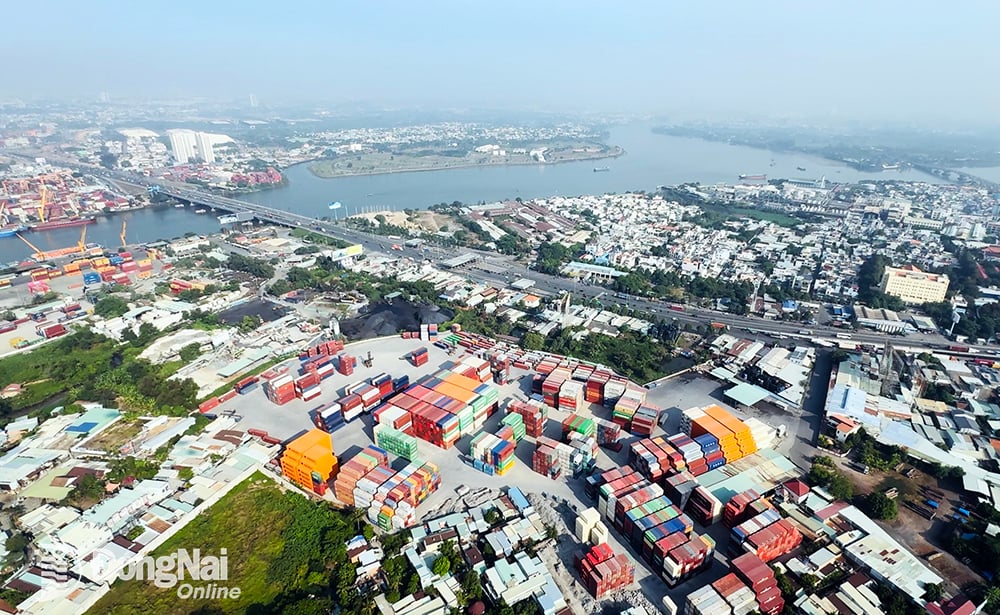 |
| Dong Nai Port area seen from above. Photo: B.Nguyen |
After many changes, from 1997 to now, the Southeast region has one centrally-governed city - Ho Chi Minh City and 5 provinces: Dong Nai, Tay Ninh, Binh Phuoc, Binh Duong, Ba Ria - Vung Tau. The Southeast has become the most developed economic region in Vietnam, contributing more than 30% of the country's GDP, with an urbanization rate of 62.8%.
Great battlefield with glorious feats
The Southeast is a strategic area, connecting with the Southern Central Highlands, the South Central Coast and the Mekong Delta. Therefore, during the resistance war, this land played a very important role in contributing to the historic victory of the nation, completely liberating the South and unifying the country.
During the resistance war against French colonialism, the army and people of the East carried out heroic battles such as Trung Hung - Rang, Dat Cuoc, Dong Xoai, La Nga - Dinh Quan..., together with the people of the whole country "sharing the fire" with Dien Bien, winning victories that "resounded throughout the five continents, shook the world".
During the resistance war against the US imperialists, the Southeast was a major battlefield with glorious battles and brilliant achievements in many historical campaigns: Northern Tay Ninh defeated the Junction City operation of the US imperialists; the 1968 Mau Than Spring General Offensive and Uprising attacked the US-puppet lairs in the South; the Xuan Loc - Long Khanh Campaign opened the "steel door" to Saigon... Especially, with the 1975 Spring General Offensive and Uprising, culminating in the historic Ho Chi Minh Campaign, the Eastern land and the entire South completed the long journey of "going forward and coming back" full of sacrifices, hardships and glorious victories, contributing to the cause of national reunification.
After the war, the Eastern land of fire began to overcome the consequences of war and develop the economy. This dynamic, creative, daring land continued to commit to "breaking the fence" to amend outdated policies, "bursting out" with unprecedented bold solutions to develop the economy and society. The Eastern region exploited its geographical advantages well, attracting an abundant, highly qualified workforce, many training facilities, scientific and technological research...
The Southeast has become a key economic region of Vietnam, with the largest tourism center and development of industrial services, information technology, telecommunications, logistics, etc. in the country. The economic growth rate of the region is always 1.3-1.5 times higher than the average growth rate of the whole country.
The region also has a system of urban areas and strongly developed industrial zones, becoming a center connecting the southern provinces with the whole country and internationally, creating favorable conditions for socio-economic development in the region, as well as expanding inter-regional and international economic relations. The Southeast converges most of the outstanding conditions and advantages to develop industry and services, taking the lead in industrialization and modernization; especially, developing high-tech industry, semiconductor industry, electronics, information technology, oil and gas industry and petrochemical products. The Southeast solves the livelihoods of millions of workers nationwide. At the same time, forming centers for supply, processing, logistics chains, exports, etc.
In 2024, the Central Highlands will continue to affirm its role as an economic locomotive with a total budget revenue of over VND 733 trillion, accounting for 42.2% of the total national revenue, exceeding the estimate by 3.6%. Exports grew strongly, reaching 115.7 billion USD, accounting for 31% of the country's turnover, up 11% over the previous year. The average income per capita in the region reached over USD 7,500/year, more than double the national average.
The Southeast region planning for the 2021-2030 period, with a vision to 2050, was approved by the Prime Minister in 2024, with the orientation of building the Southeast into a civilized, modern, and dynamically developing region; a leading center of the country and Southeast Asia in terms of economics, finance, education - training, science - technology, innovation, etc.
Dong Nai takes advantage of the airport to "take off"
In 2025, many localities in the Southeast region set a target of double-digit GRDP growth, including Dong Nai province.
Deputy Director of the Department of Finance Tran Vu Hoai Ha said that Dong Nai continues to maintain its position as one of the leading localities in industrial development with 37 established industrial parks (IPs), with a total land area of over 13.1 thousand hectares. Of these, 31 IPs are in operation, 1 IP is in the process of land acquisition and infrastructure investment to attract investment, and 5 newly established IPs are in the process of planning and preparing for investment.
In 2024, the province's gross domestic product (GRDP) will reach more than VND260.2 trillion, an increase of more than 8% over the same period last year. This growth rate is higher than the average of many provinces and cities in the Southeast region. Dong Nai currently has the 4th largest economic scale in the country and is one of the 5 leading localities in the country in attracting foreign direct investment (FDI), and is also in the group of 5 localities with the largest budget revenue in the country.
Economist, Dr. Tran Sy Chuong commented that Dong Nai is standing in the center of the Southeast with the best and fastest development opportunities in the country. The development focus for Dong Nai is high-tech industry, clean industry, Long Thanh International Airport urban area, high-quality logistics... The above development goals must be connected to the entire Southeast region, taking advantage of the airport urban area to become the economic center of the whole region and the whole country. That is, Dong Nai has an airport so it should think about serving neighboring provinces and cities with the goal of mutual benefit and mutual development. Here, it is not only the value of the airport project, but also the hundreds and thousands of hectares around the airport that need to be exploited to bring values not only to Dong Nai, but also to neighboring provinces and cities and the economy of the whole country.
Sharing the same view, Dr. of Science, Architect Ngo Viet Nam Son, Chairman of NgoViet Architects & Planners, said that localities in the Southeast region need to change their perspective on attracting FDI, which is to "regionalize" instead of the previous "localized" mindset. In particular, Dong Nai's growth should be viewed in relation to the economic quadrilateral sub-region with Ho Chi Minh City, with Ba Ria - Vung Tau... Dong Nai must make good use of this connection to develop and become the economic locomotive of the whole country. The new thinking when building the Long Thanh International Airport urban area is to build an urban sub-region with the airport as the center connecting with urban functional areas including: industrial park urban area, creative urban area, educational area, healthcare area... connecting with many provinces and cities of the Southeast. Long Thanh International Airport aims to serve 100 million passengers/year and must serve the entire Southeast urban area with the largest economic potential in the country, especially the large market of Ho Chi Minh City.
Binh Nguyen
Source: https://baodongnai.com.vn/dong-nam-bo/202504/vung-dat-lua-tro-thanh-dau-tau-kinh-te-fc11701/


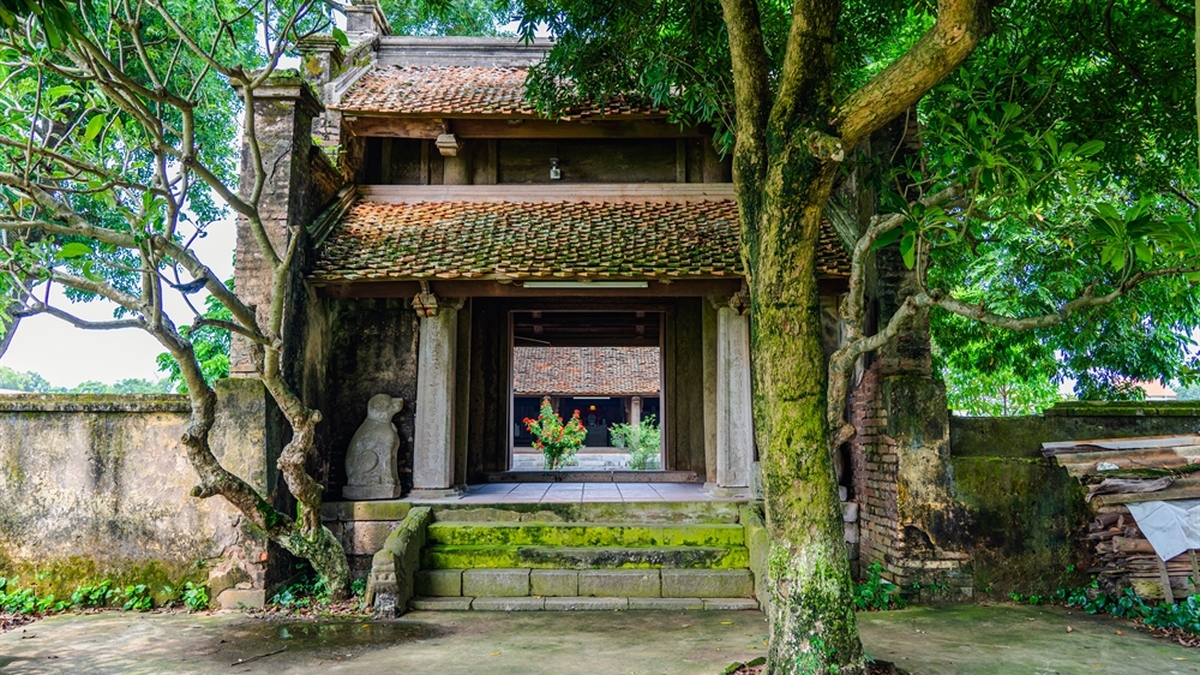

![[Photo] Ha Giang: Many key projects under construction during the holiday season](https://vphoto.vietnam.vn/thumb/1200x675/vietnam/resource/IMAGE/2025/5/1/8b8d87a9bd9b4d279bf5c1f71c030dec)
![[Photo] "Lovely" moments on the 30/4 holiday](https://vphoto.vietnam.vn/thumb/1200x675/vietnam/resource/IMAGE/2025/5/1/26d5d698f36b498287397db9e2f9d16c)
![[Photo] Binh Thuan organizes many special festivals on the occasion of April 30 and May 1](https://vphoto.vietnam.vn/thumb/1200x675/vietnam/resource/IMAGE/2025/5/1/5180af1d979642468ef6a3a9755d8d51)

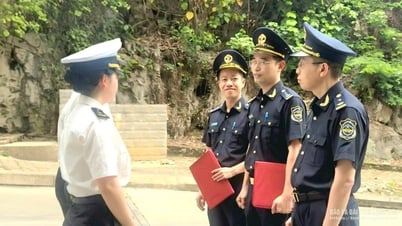

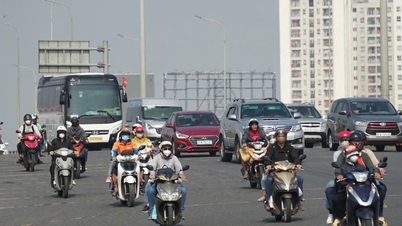

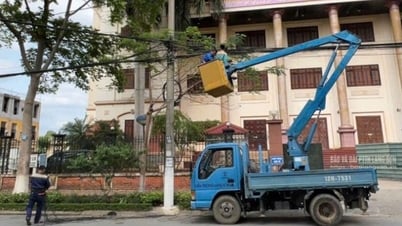










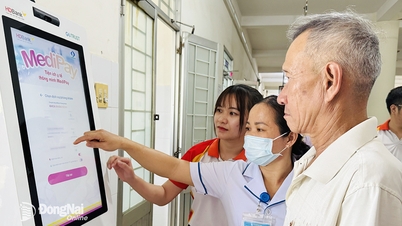






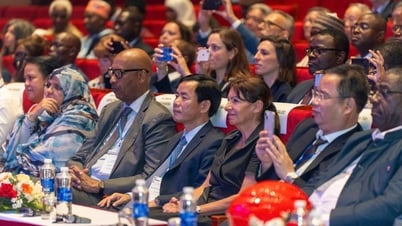


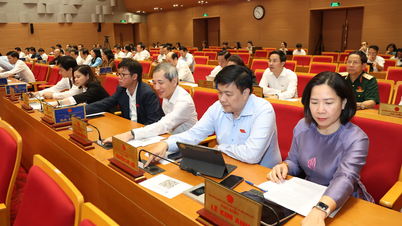



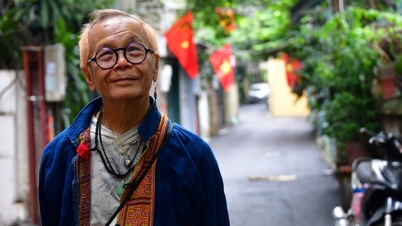

















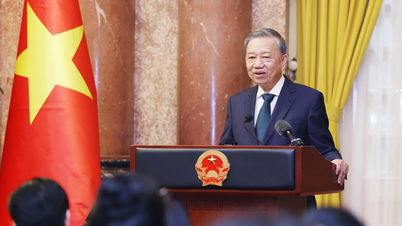
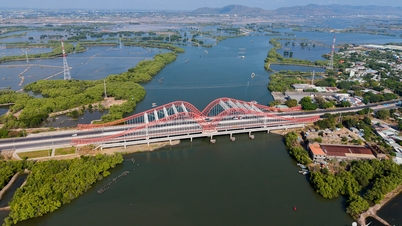



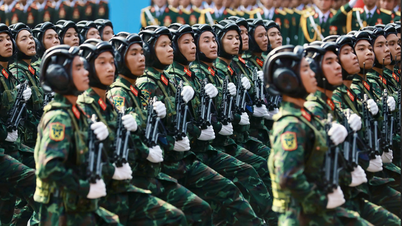
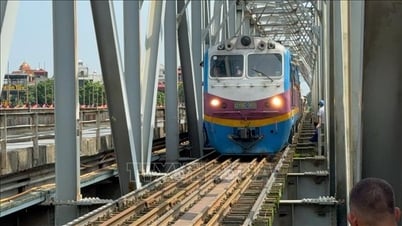

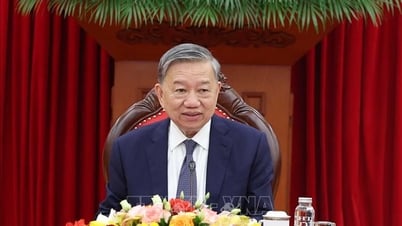











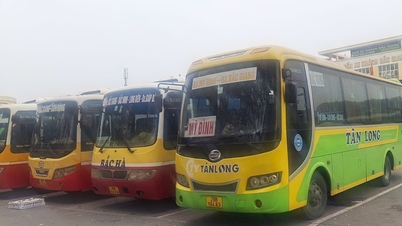














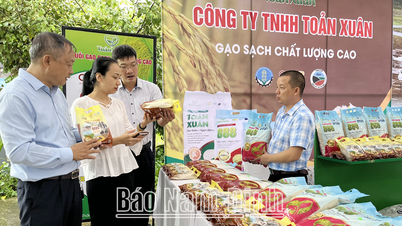



Comment (0)